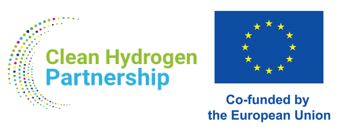
Centre National de la Recherche Scientifique
Centre National de la Recherche Scientifique
Organisation Introduction
The Centre national de la recherche scientifique (CNRS) is the only French organization active in all scientific fields with 1,100 laboratories across the globe employing 28,000 scientists. The Laboratoire de Chimie Physique et Microbiologie pour les Matériaux et l’Environnement (LCPME) is a joint research unit of CNRS and Université de Lorraine (UL) in Nancy, France. The LCPME has been involved in redox flow battery research for several years, focusing on quantifying and enhancing reactivity, considering electrode surface modification or activation, and 3D texturing and printing.
Why REDHY?
In addition to redox flow batteries, we are particularly interested in the various applications of redox flow technologies, i.e. involving redox mediators dissolved in a circulating electrolyte. The REDHy project offers us a unique opportunity to explore hydrogen production with a highly original approach. The REDHY project fits in with our core mission because it is highly challenging and places us at the forefront of this type of research, with many opportunities for innovation.
What in REDHy?
In REDHy, we are developing electrode materials for the final prototype that can achieve the highest reactivity with the electrolytes developed and the highest current density for hydrogen production.

“The REDHY project is a fantastic opportunity to promote the best possible integration of renewable energies into energy systems. It’s a highly stimulating project that puts us at the forefront of this type of research, opening up many new possibilities for innovation.”

